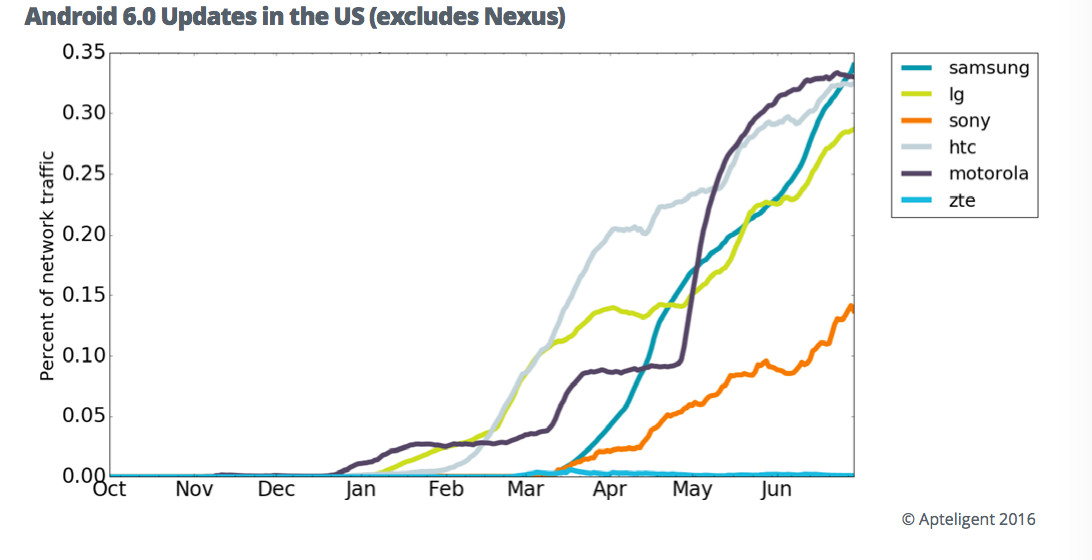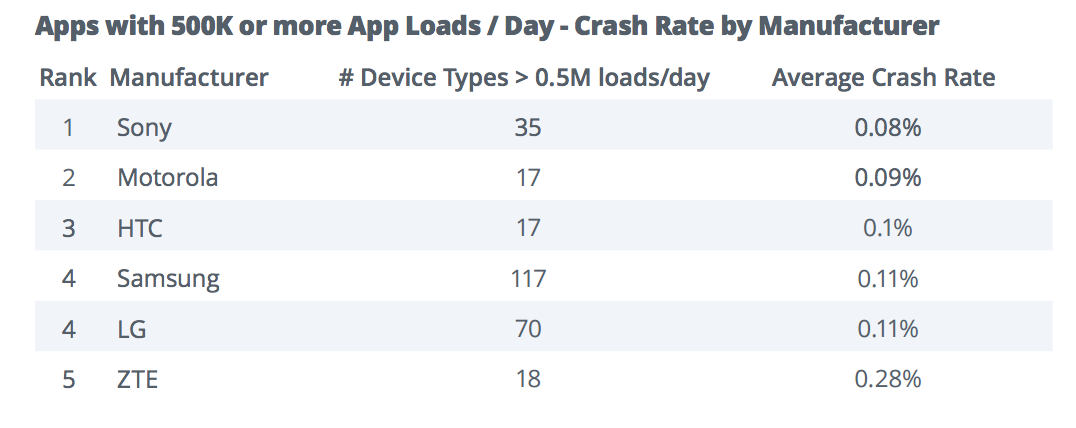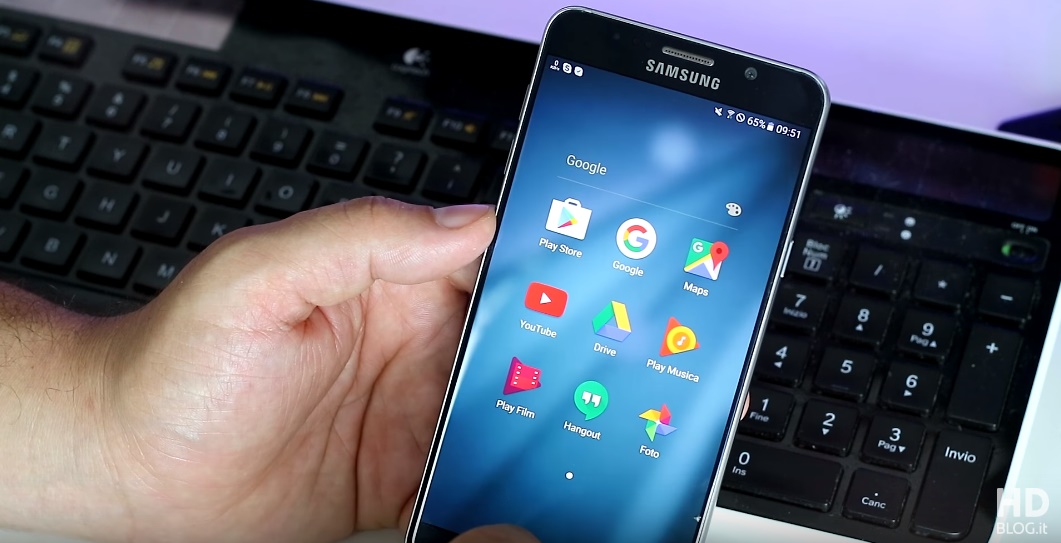Affiliate links on Android Authority may earn us a commission. Learn more.
See who was the fastest to roll out Android Marshmallow
Published onAugust 16, 2016

According to the data released by Apteligent, Motorola was the fastest in updating its phones to Android 6.0 Marshmallow in the US when we exclude Nexus phones. The report also finds that Sony devices have the lowest crash rate, and Russia has the largest device fragmentation for Android.
For many Android users, OS update speed and stability are among the top concerns when buying a phone. If you’re deciding which Android manufacturer to go with, then Apteligent’s recent report may be useful for you. The folks at Apteligent have released a report analyzing several Android manufacturers based on the speed with which they rolled out Android 6.0 Marshmallow and the crash rate for each manufacturer.

As we can see, when we exclude Nexus devices – which are invariably the first to get Android updates – Motorola leads the way in the US. Android 6.0 Marshmallow was first introduced in October, and Motorola started to roll out the update in November. The report adroitly points out that Motorola and LG were both the fastest to push Android Marshmallow, but initially only to a limited number of devices.
HTC pushed the update a little bit later than Motorola and LG, but it essentially covered all of its compatible devices from the very beginning. Samsung and Sony employed a similar approach, but it took them over five months to release the update.
When we take Nexus devices into consideration, both Motorola and LG take the lead even more apparently. That’s not surprising given that both manufacturers have made Nexus devices in the past.
As for stability, Sony seems to be the winner: with an average crash rate of 0.08%, it’s slightly less prone to crashing than the other four that followed. Only ZTE had a significantly higher rate of crashing.

Apeligent’s report also looks at device fragmentation in the world, calculated by seeing how many devices in a given country represent over 90% of device usage. Russia, Ukraine, Czech Republic, China, and Greece were in the top five. In Russia, the country with the most device fragmentation, 230 unique devices are used by 90% of the population. Compare that with the US where 10 devices are all it takes to reach about 44%, you can see just how fragmented Russia is in terms of Android devices.
When there are large varieties of phones in one region, it’s hard for developers since they have to test their apps on multiple hardware and software configurations. With major Android manufacturers releasing countless low- to mid-range phones in their machine-gun approach, device fragmentation is bound to increase in the Android world. However, software fragmentation could certainly be reduced: lighter custom skins and less bloatware could be a start, a trend we are starting to see.

Are you more willing to buy a Motorola device based on this report? What are some of the most important factors when buying a phone for you? Let us know in the comments below!